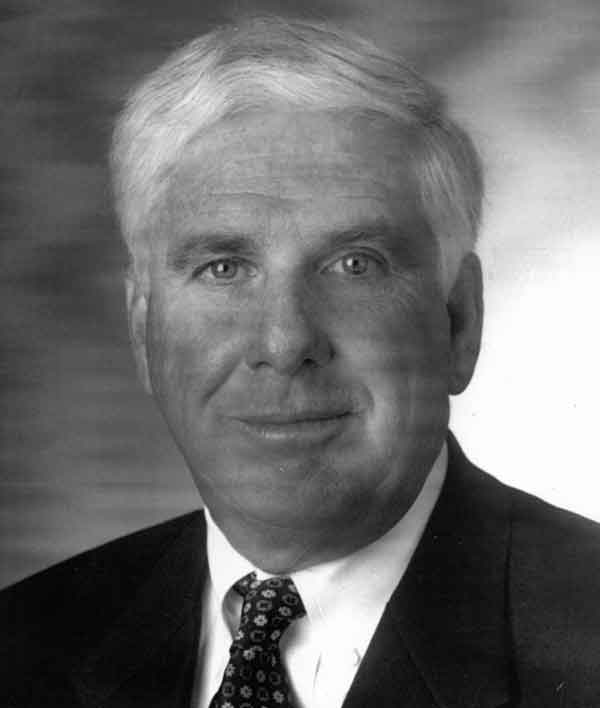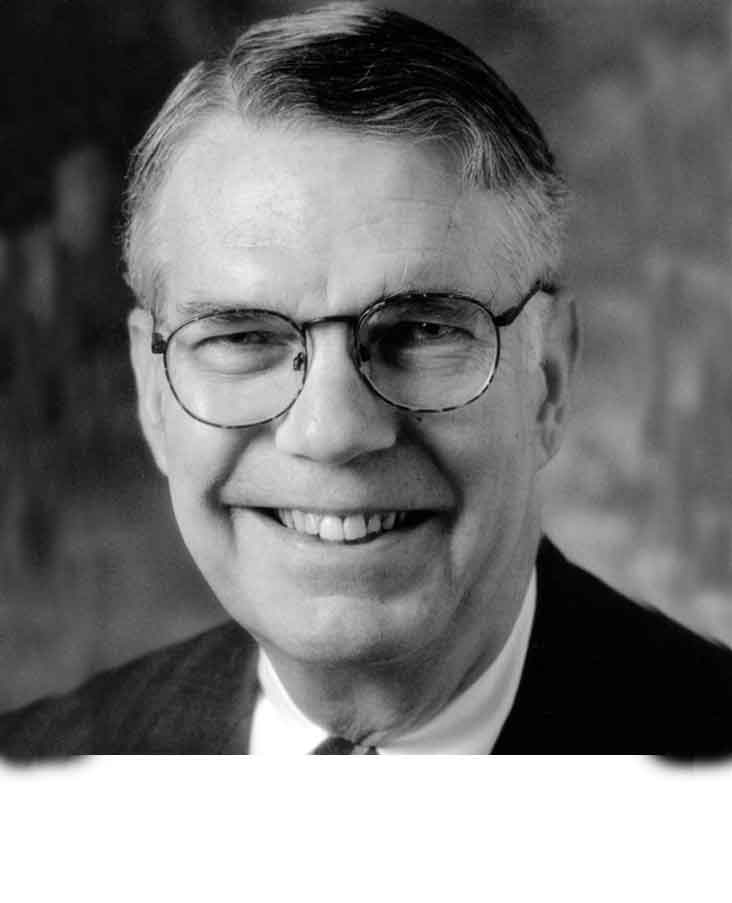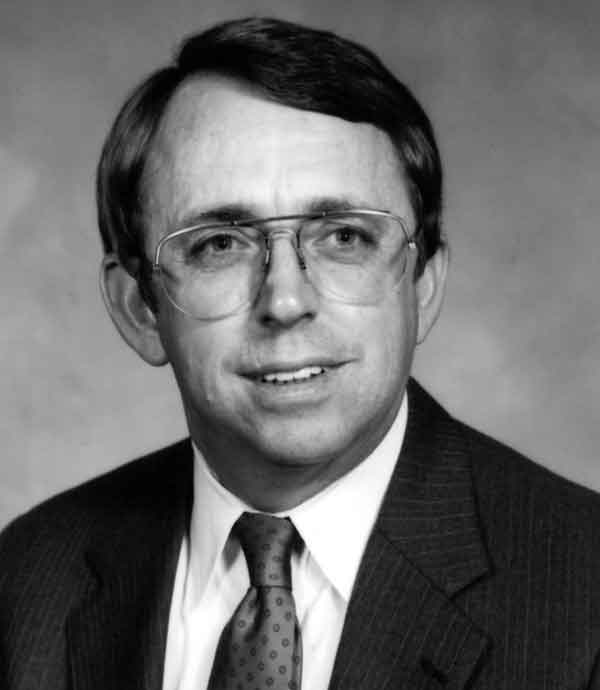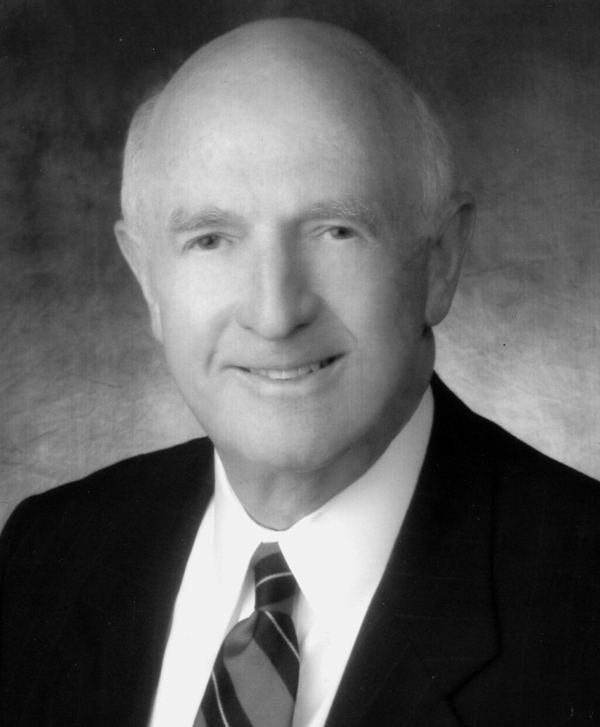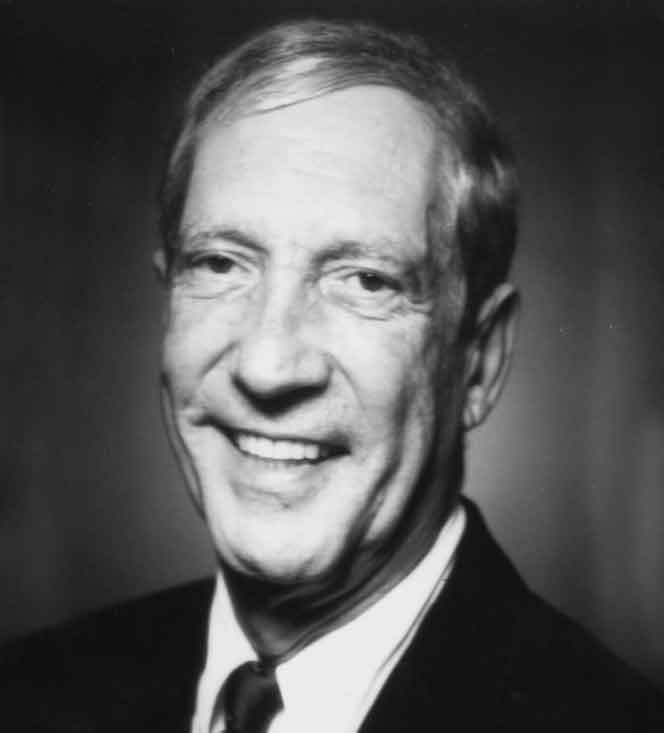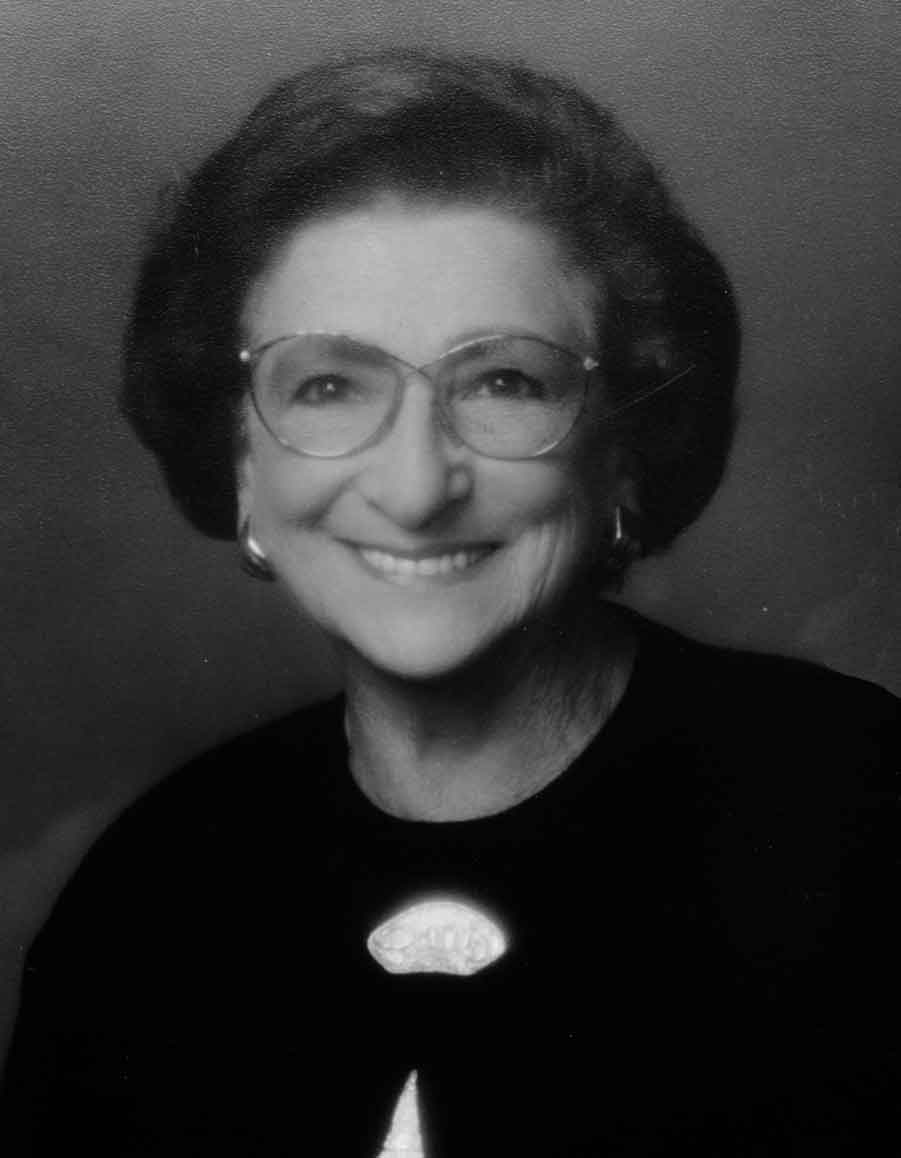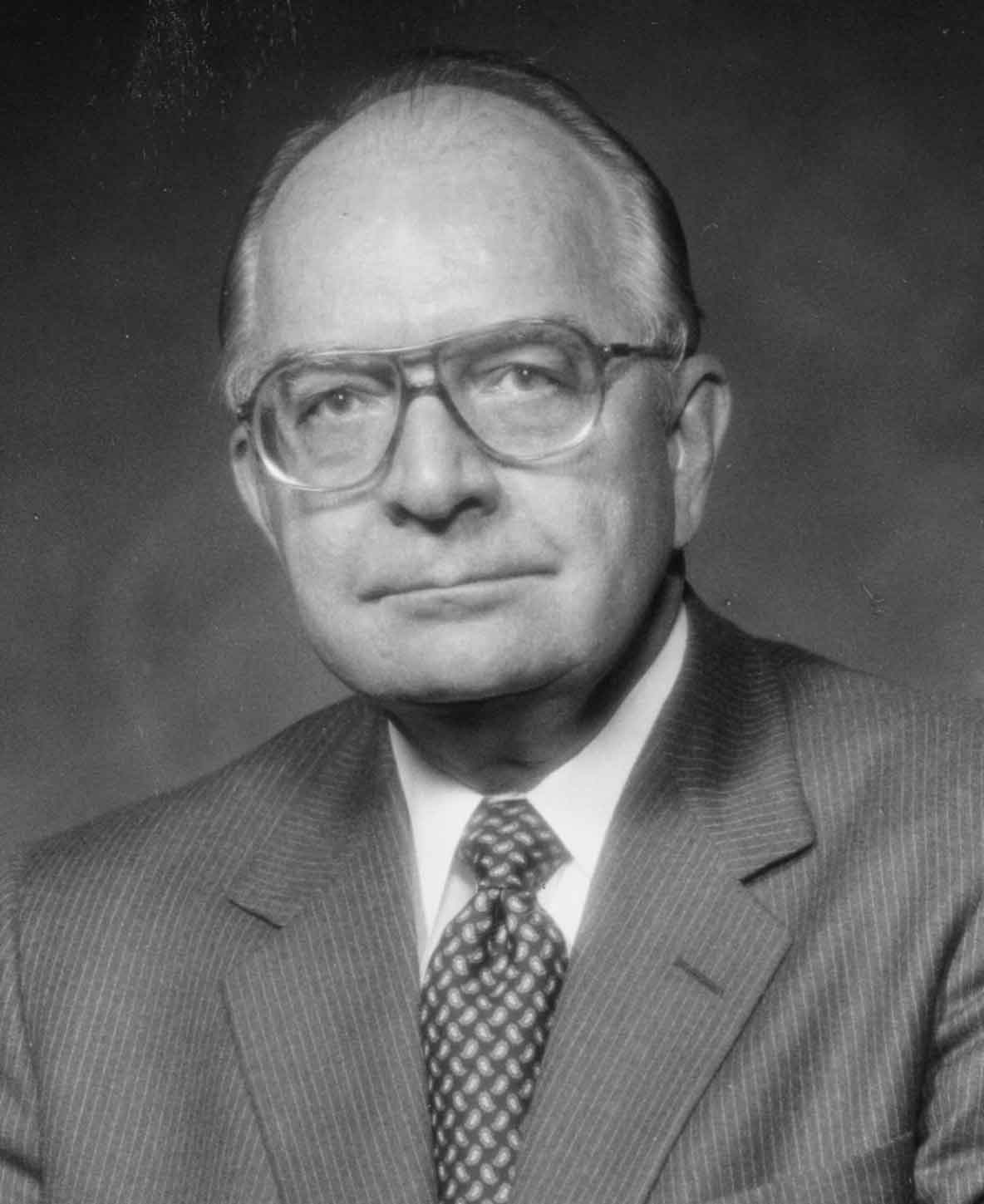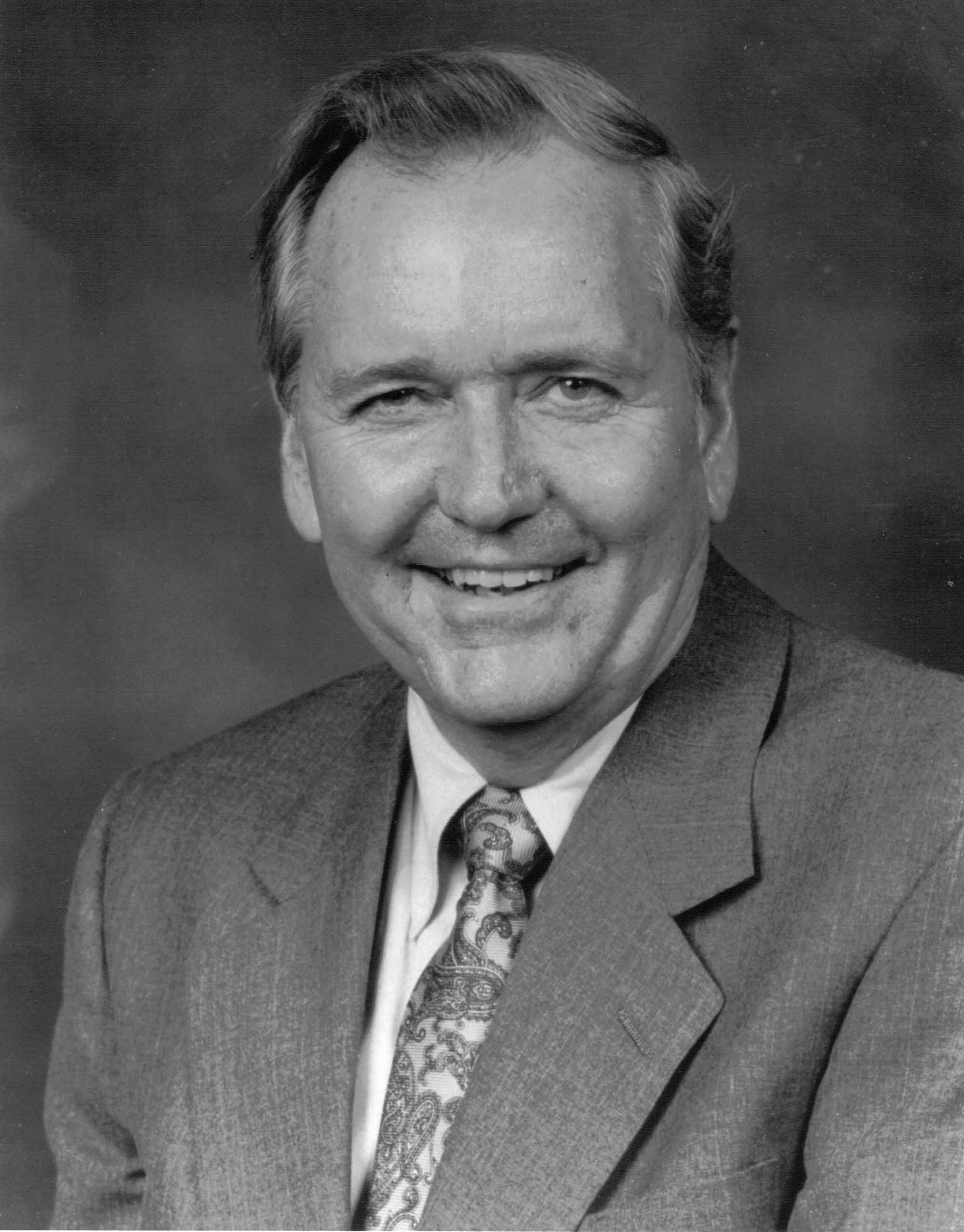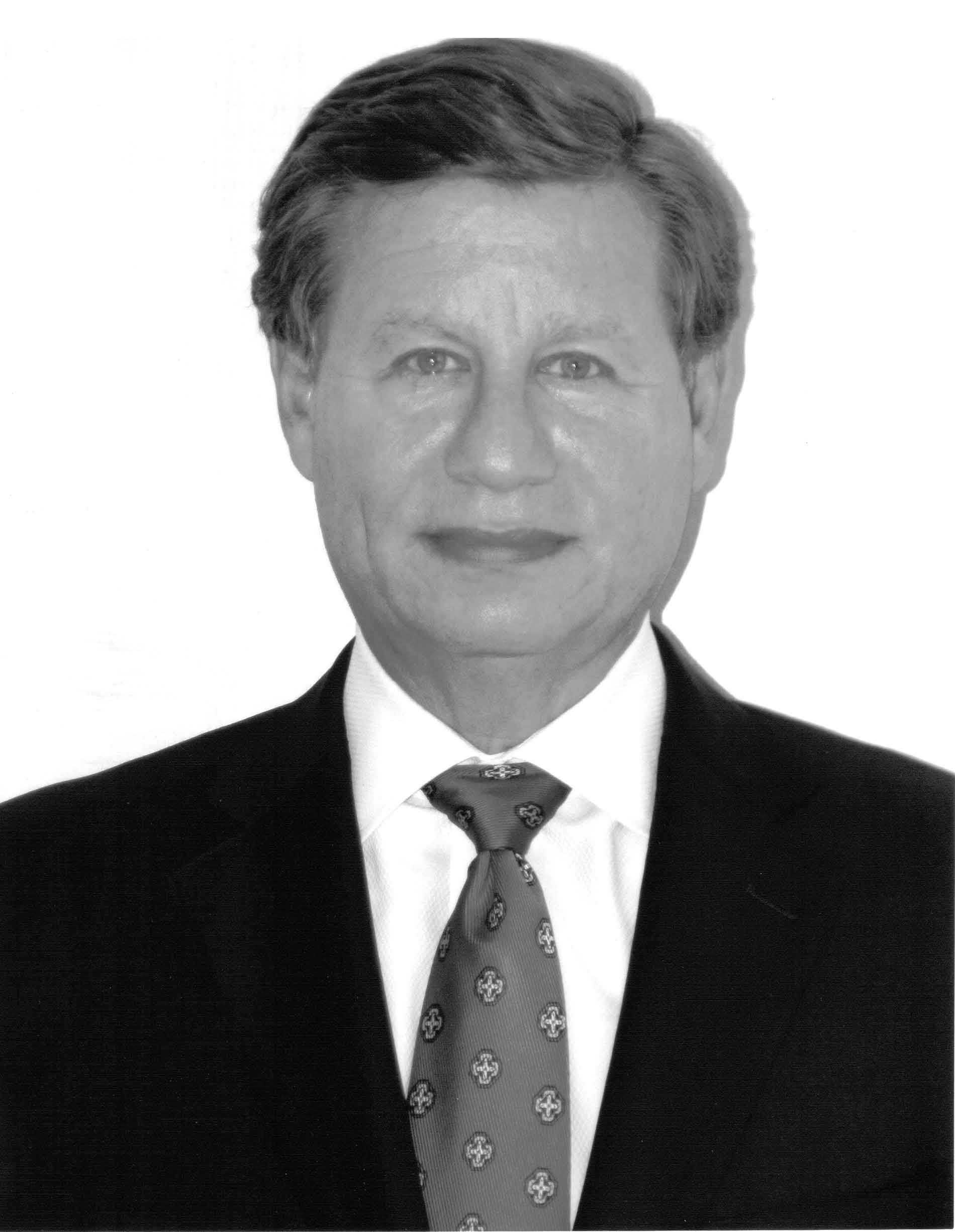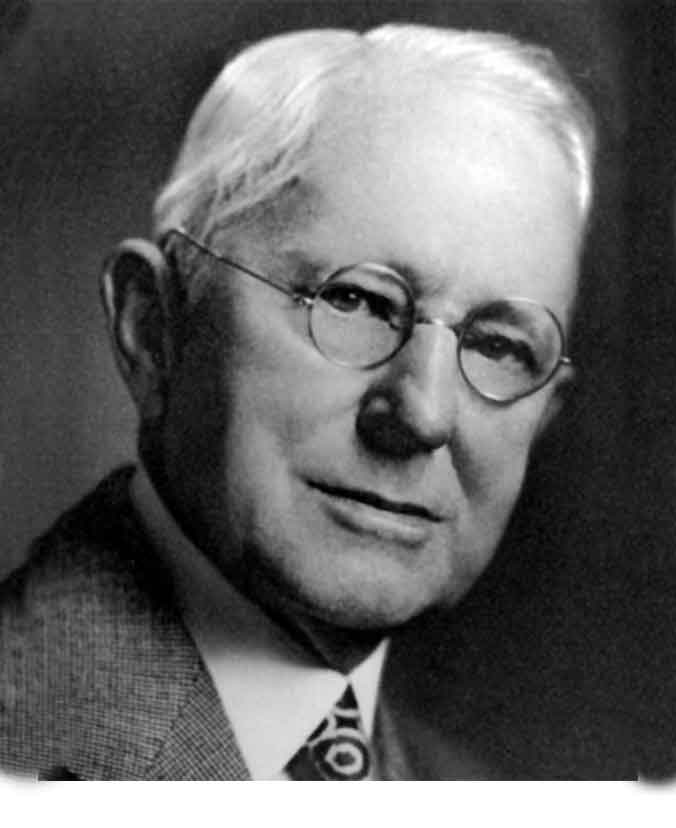Fredrick Krisch Shaftman was born on April 9th, 1948, as the only child of Sydney and Rosalie Krisch Shaftman. Fred’s Grandfather and grandmother, Sam and Miriam Krisch owned United Pawnshop on the corner of Jefferson St. and Salem Avenue. Both grandparents, both parents and both Uncles worked in the Pawnshop and shared the office above the business. Fred’s family had a strong work ethic with an incredible will to succeed. They were always looking for ways to enhance and grow their business and worked countless hours each week doing so. It is this work ethic and desire to succeed that taught Fred, at an early age, that giving up was not an option.
His family’s history of entrepreneurship instilled a work ethic and a desire in Fred that he has carried forward and used to achieve the business success he has had. From an early age, Fred began to work in the family business. On Saturdays he worked at his family Pawnshop doing menial tasks while learning the basics of business. When the first Holiday Inn motel in the area opened in 1956, Fred would go with his uncles on the weekends to work there. He later became a bellboy in the summers. Fred didn’t like the manual labor associated with his position and he always aspired to have a bigger role in the management of the business. It didn’t take him long to figure out he needed to work his way to the top. It was here that he realized the value of hard work, respect for the individual, and the desire to win.
Fred went to Crystal Spring School and had the same 6th grade teacher, Mrs. Forbes, as his mother. From there, he went to Woodrow Wilson for one year and then entered Patrick Henry High School as a member of its first class. While at Patrick Henry Fred became very mischievous and began to desire fun over scholastics. As a result, his grades began to suffer. The last straw was when he decided to drive his father’s brand-new car from South Roanoke to Salem. The only problem with this was he was 13, had no license, and ran into a tree, which totaled the car. Enough was enough, and in December of 1963 he was on his way to Staunton Military Academy. Upon his arrival, he quickly learned what being at the bottom really meant. He was a rat, sweeping floors, and doing the bidding of the upperclassmen. He realized that he had to work hard to get to the top, which he did. He became the first cadet in the history of the school to be in the top four in rank, even though he had not been at the school for 6 years. He graduated as the Brigade executive officer and went on to the University of Alabama, his mother’s Alma Mata.
At Alabama, he became President of his fraternity, very active in student government and ran the entire freshman orientation program in the summer of 1965. He was chosen as Jason’s Senior Men’s Honorary, one of only 16 that year. Jason’s recognized leadership, scholarship, and citizenship. While in Law School, Fred continued to work in the family business learning all he could about being an entrepreneur. He clerked for the company’s general counsel, Ben Richardson. Upon graduation from Law school, he returned to Roanoke to become the General Counsel of UCS.
In 1973 when Fred arrived at UCS, the company was generating $9 million in revenue. UCS was still a young company with all the problems of a normal startup operation. In addition to being an entirely new business, there were many people who didn’t even think the business was legal. No one imagined that a little startup such as UCS could compete with “Ma Bell”. As a small business that was undercapitalized everyone wore many hats. Fred quickly became a part of all phases of the business, not just the legal area. Robert Goldstein, a bright, capable, and aggressive businessman was leading the company and he taught Fred a great deal about business and life.
The competitive nature of the business, the constant legal and regulatory battles this new industry faced convinced Fred to join with several of his competitors around the nation. He was a founding member of the North American Trade Association, which was a group of companies, who were all in the fight against AT&T. At the time AT&T constantly used its power and financial clout to try and put small fledgling businesses under control. Fred fought in court and in the legislature and won a permanent place for this industry in American commerce. In 1984, Fred was awarded the highest award given by the Association, The Distinguished Service Award, for his help in founding the association and leading the fight for the industry.
In 1979 Fred became President and COO of UCS. In 1980 Fred lead the company team that took UCS public, selling 16% of the company. This was Fred’s first experience with Wall Street and one which made a very large impact. In 1983 Robert Goldstein died an untimely death of Cancer, which thrust Fred into the CEO position. When Bob died the company was at $20 million in revenue. Fred continued to grow the business along with the wonderful team of leaders in the UCS family. In 1985 Forbes Magazine named UCS as a member of the 200 best small companies in America. In 1987 the company operated in 44 states and was making over $130 million in revenue with the highest profit margins in the entire industry.
It was in 1987 that Fred decided that the company had to become part of a much larger business that could fund the growth and give it the clout it needed to succeed. He approached BellSouth and sold them on the national presence and growth potential of UCS. BellSouth had a similar equipment business in the same market as UCS, but it only operated in the 9 Southeastern states. The equipment business of BellSouth never made a profit. In 1992 the Chairman of BellSouth called on UCS to merge with the Southeastern BellSouth Company and try to save it. That merger made UCS a $400 million company with 2600 employees. The combined company was losing lots of money. This was just the type of challenge Fred and his team loved and they began an all-out effort to make it profitable. No one in BellSouth in Atlanta thought it could happen. Quit wasn’t in Fred’s vocabulary. In 1992 the company lost more than $75 million and in 1995 it made a $3 million profit.
Fred’s home and roots were in Roanoke, so he managed to keep the headquarters of Universal Communication Systems (which in 1989 became BellSouth Communications) in Roanoke. While in Roanoke, Fred was responsible for running other BellSouth subsidiaries, in addition to BCS. He ran DataServ headquartered in Minneapolis MN, which was a nationwide computer maintenance company doing $250 million, BellSouth Government Systems, headquartered in Washington DC supplying services to the Federal Government, BellSouth Pay Phone division, headquartered in Birmingham AL doing $400 million, BellSouth Advanced Networks which was a research and development business in Atlanta. This required Fred to travel often, but he never wanted to leave the Roanoke Valley where he and his family were very active outside of their own company responsibilities. In 2000, BellSouth promoted Fred to become one of 34 corporate officers out of 75,000 BellSouth employees and asked him to move to Atlanta and run the Large Business Division of Bellsouth. This division at that time had 14,000 customers and made $4.5 BILLION in revenue. It was responsible for design, sales, and service of voice and data equipment and network services for Bellsouth’s largest customers.
As president of this division, Fred quickly realized it was time for another turnaround. This was a turning point in the telecom industry and the team of 3900 employees that Fred inherited was a strong one but not used to the competitive marketplace. They were used to being the “telephone company” which was a monopoly. Fred knew they could not make it in this competitive environment, so he went about changing the way they did business and changing the entire culture of the business. This work took several years but now this division has the strongest sales and service team in the Southeast.
Fred has often stated that what he learned at UCS was all he needed to get him to where he needed to be. As he rose in the ranks of this major corporation, he never forgot his roots or lost his entrepreneurial spirit. He said that $4.5 BILLION was just more zeros, people were still people, and all business was the same. Take care of the employee first and then the customer and the company will prosper.
Fred served on the Board of North Cross School, Roanoke College, The Red Cross, The Egg Factory, The High Museum of Atlanta, and a founding member of the North American Telecommunications Association. Fred’s service to the community replicates his parents’ appreciation for the Roanoke Valley they have provided for the Shaftman Performance Hall at the Jefferson Center. In addition, the Shaftman family has donated collections to the Art Museum of Western Virginia and have been long time contributors to the Roanoke Valley SPCA. After 32 years, Fred retired in December 2005.
Fredrick Krisch Shaftman was inducted into the Southwest Virginia Business Hall of Fame in 2006.

